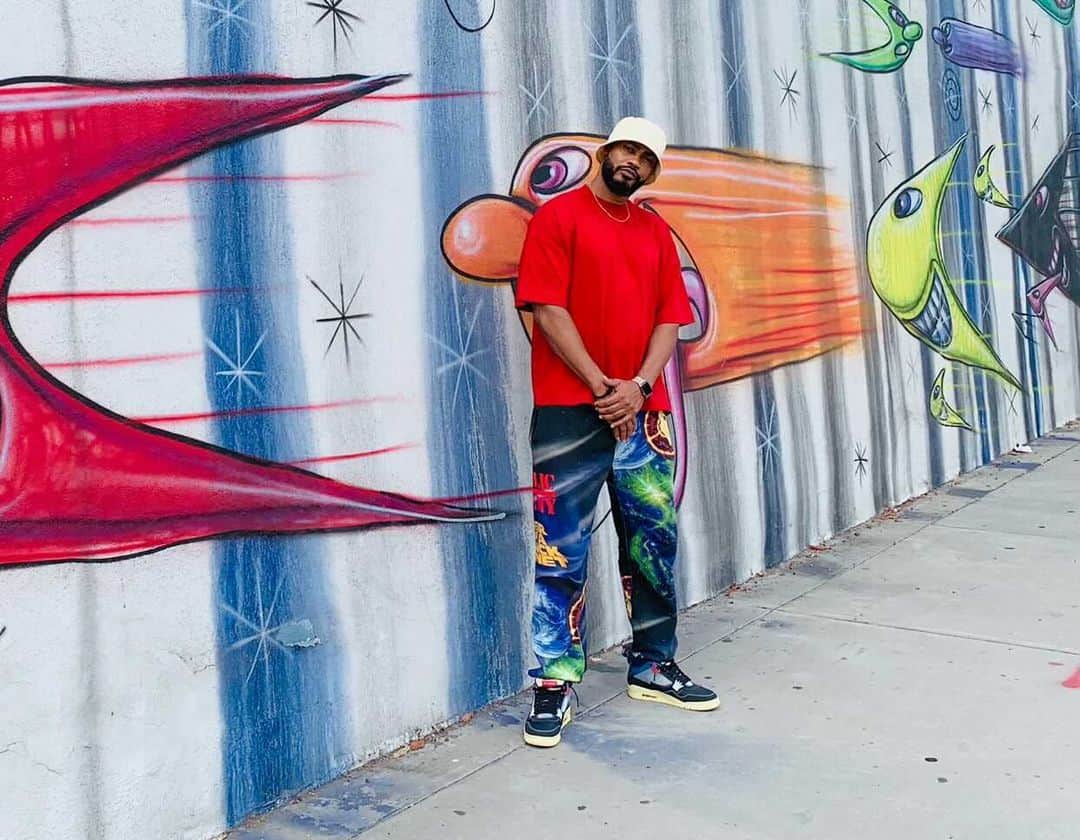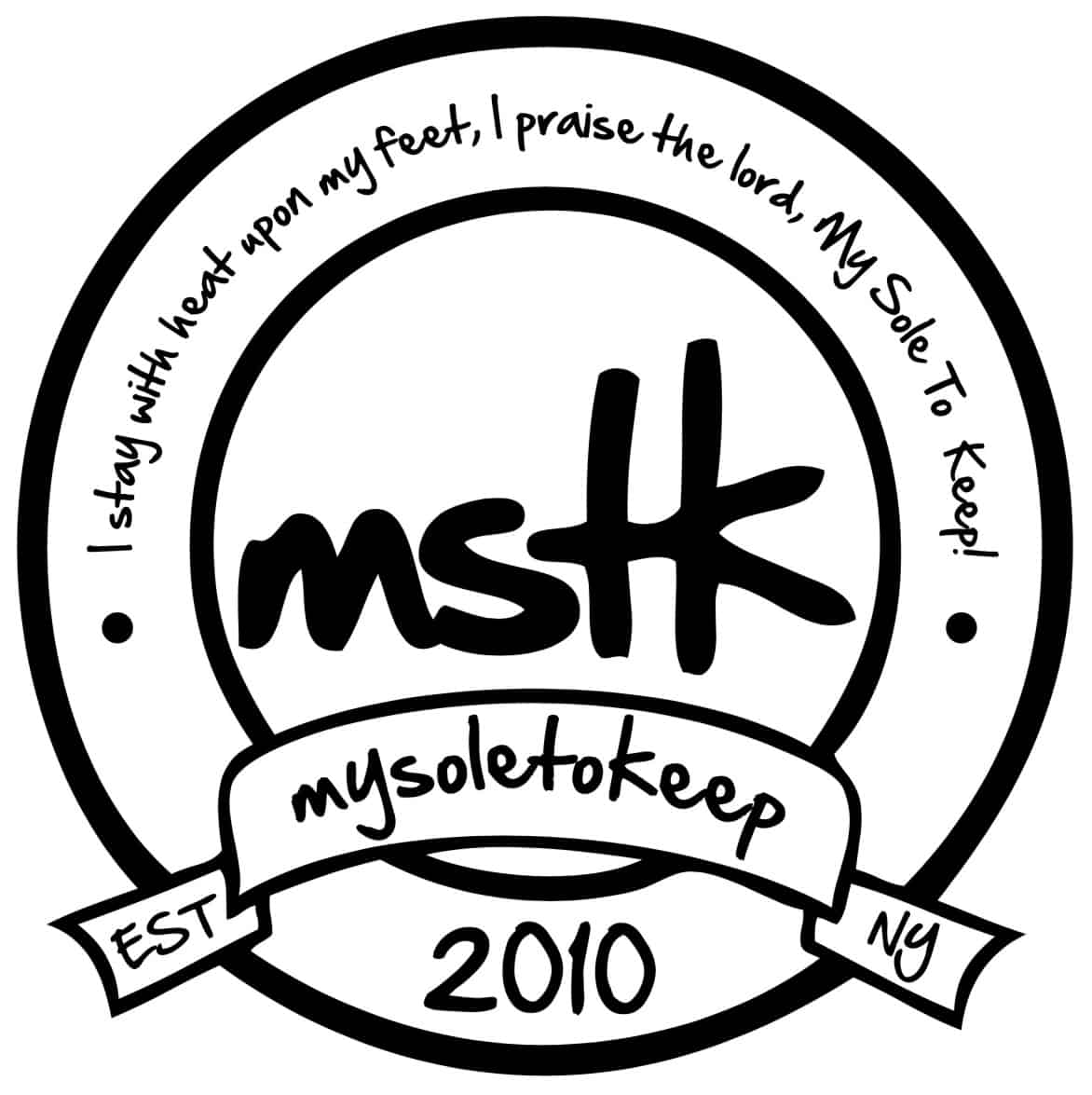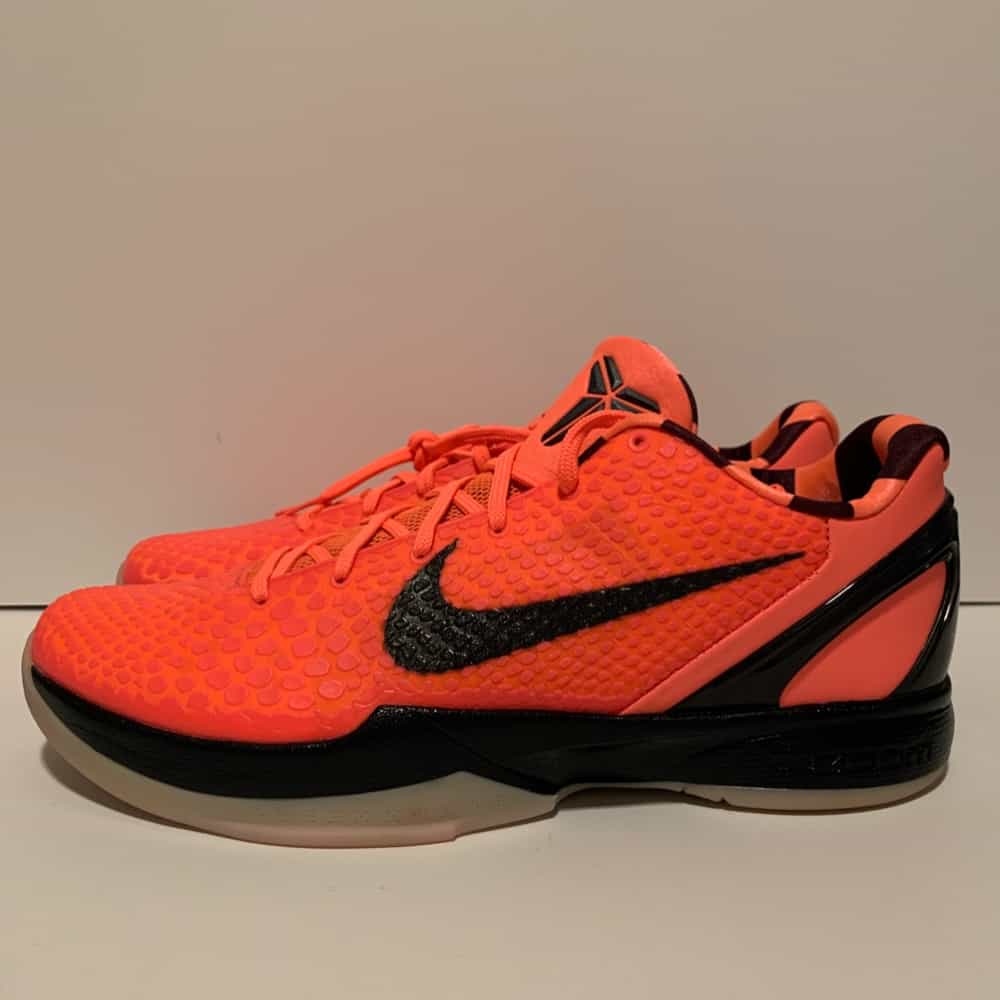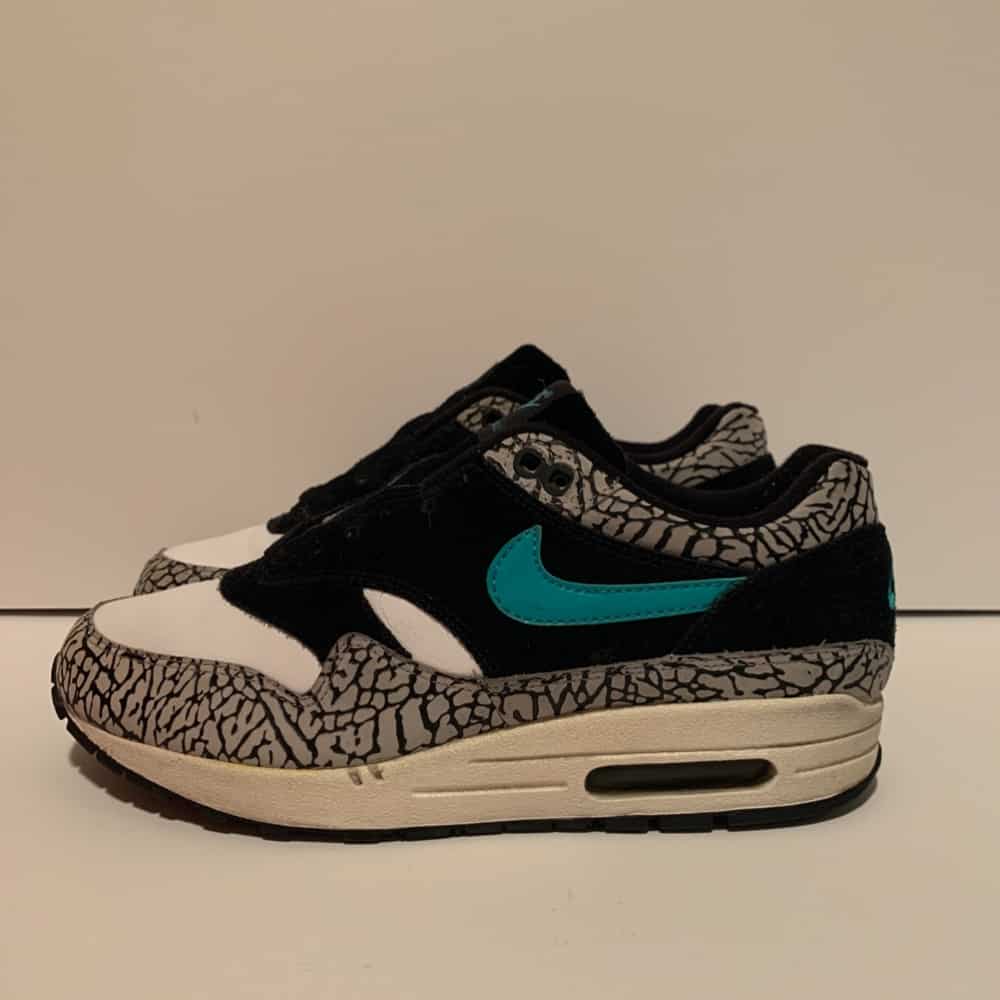
By Stephen Knox
Photo by Jalen Thompson/Daydream Creations
Log onto social media today and you will undoubtedly run into someone saying they are “Saving Sneaker Culture” or they are “Doing It For The Culture.” The phrase “The Culture” is out here being sprinkled on content like parsley at Ruth Chris Steak House.
And we all know parsley ain’t got no flavor.
Seriously though, what is sneaker culture and if anybody, who does it belong to?

The Atlantic covered the issue in 2012 and noted how sneaker culture started with both white and Black influence. However, the popularity and marketing of Black athletes along with sneakers becoming a status of wealth and cool in the Black community, propelled the insatiable appetite we see for sneakers today.
The present iteration of sneaker culture is largely thanks to Black American influence and marketing utilizing Black people.
“Whatever [Black people] want to wear everyone is going to want to wear it. We are the makers of the cultural style,”Justin Tinsley, culture and sports writer for ESPN’s The Undefeated said in ABC’s “Soul of the Nation.”
“Whatever [Black people] want to wear everyone is going to want to wear it. We are the makers of the cultural style,”Justin Tinsley, culture and sports writer for ESPN’s The Undefeated said in ABC’s “Soul of the Nation.”
But much like Black neighborhoods in America’s big cities, sneakers have been gentrified. The definition of gentrification is “a process in which a poor area (as of a city) experiences an influx of middle-class or wealthy people who renovate and rebuild homes and businesses and which often results in an increase in property values and the displacement of earlier, usually poorer residents”
By definition gentrification does not include race but wealth disparity. In America, there are a disproportionate number of Black residents in the poorer areas of cities. Gentrification then allows middle-class and wealthy people, who are majority non-black, to push the neighborhood’s original residents out as those poorer neighborhoods become more desirable and more valuable.
Yes, there’s a nice Trader Joe’s on the corner now that takes only Apple Pay and thankfully the violence in the neighborhood has declined and high speed internet is a thing here now too. With all of those great things comes dislocation of the mom and pop grocery store, limited shopping options for those without debit cards or a computer and higher prices on just about everything.
Suddenly a neighborhood you grew up in and that used to fulfill your every need is inaccessible to you, too expensive and filled with way more people that you don’t know. They also don’t want to get to know you. People moving in and rising costs and technology pushing others out, that is the gentrification of sneakers. Not necessarily a bad thing but a true reality.
“[It’s] probably a pattern we see in a lot of Black cultural things,” ESPN football analyst and Harvard Business School graduate Domonique Foxworth said. “Specifically, is that they start out and they’re authentic like the love of sneakers feels authentic. Then it becomes a little bit more commercial and then the people who made it kind of cool it’s out of their reach at that point.”
Yet, determined not to be without their version of cool, Black folks are still scooping up kicks when they can, even with rising costs and limited access.
“It’s like everyone obviously points to their house and their cars and those things say whether they’ve made it or not, but when we didn’t have those means and some of us still don’t have those means that is a status symbol. It’s one way to show that you’ve got your shit together whether you do or you don’t.” Foxworth said.
Other sneakerheads are just plain tired of the sneaker market not even being occupied by humans but mostly faceless technology.
“You’re in line at the hottest club in the hottest city and you’re rich.” Tyree Dillihay a former director on the Fox animated sitcom, Bob’s Burgers and creator of a comic strip about sneakers called S’neads said. “You have money to get in, but they won’t let you because there’s a country size of people trying to get into the club and they’re all transformers aka robots.”

Dillihay developed a passion for sneakers growing up in Los Angeles in the 1980s,
“What made me love sneakers was seeing break dancers and actually gang bangers,” Dillihay said. “In the ‘80s they had the freshest sneakers.”
These days Dillihay has a “love, hate relationship” with sneakers.
That presents the question, does sneaker culture need to be saved?
“The next generation is going to define the culture. Who gets to be a part of defining it ?”, said Venita Cooper, who owns Tulsa, Oklahoma sneaker Silhouette Sneakers and Art, that is in the same location that Black owned Grier Shoe Shop once occupied before the Black Wall Street massacre.
“Who are those kids? I don’t know about preserving the culture. I think it’s ever evolving. I do know that we have to do a better job of making sure that kids of color, in particular Black kids, have a seat at the table in defining the culture moving forward.”
That’s because sneaker culture doesn’t belong to any one person or group but it is important to acknowledge its origins, make space for those who helped it grow, those just finding it and those who want to see it thrive well into the future.
Cooper’s shop participates in resale, something many think is part of the downfall of sneaker culture, and she doesn’t fault all the people, who like her are just trying to make an honest dollar.
“Sometimes [resale] is for healthcare costs,” Cooper said. “Sometimes it’s to take care of their kids or whatever it is,” Cooper said.
She is a firm believer, however, that access to the shoes needs to be expanded.
Without Black kids or Black culture involved in sneakers, the future of kicks might be filled with Parsley XIs.
Just sneakers on everyone’s plate with no flavor.
Stephen Knox is a writer from the Chicago area who is in his third decade working in sports and media. He has been published at The Undefeated, Bleacher Report, The Ringer, Vice and NBA.com. He has recently taken his talents to Los Angeles where he is using his experience to make original sports content.


 Another Lane
Another Lane 






